The main types of modern printers
Today it is difficult to imagine how you can do without a printer - a technique that allows you to visualize the information presented on a computer screen. Devices have found application in both domestic and industrial purposes. To understand what kind of device you need, you need to know what kind of printers are - this information will allow you to make the right choice in the office equipment store.
Content
General classification
Despite the widespread advertising of trademarks, the main thing in the selection of such equipment is still not the brand, but the technology by which the device prints. Each of them requires a certain refueling and replenishment of resources, in a special way performing the task.
According to this principle, the following classification of species is adopted:
- matrix;
- jet;
- laser;
- LED;
- sublimation (thermal);
- MFP.
Some types of printers are available in several technologies at once. It is important to understand what purpose each unit carries. All of this in more detail - below.
Matrix ancestor
Matrix technology is the oldest. The device resembles a typewriter, only the matrix printer has 9 to 24 print heads. They make selective strokes on a special ribbon, and that, in turn, prints them on paper. The diameter of the needle determines the size of the point, of which there is a printed symbol.
All such devices are charged with special paper - most often, in roll or folded versions.
Despite their almost “Proto-Stur” origins, dot-matrix printers continue to be produced today. It's all about their unique characteristics: the inscription made by such a device cannot be erased and corrected.. Such "talents" have found their use in banking institutions, cash desks, passport offices, and so on.
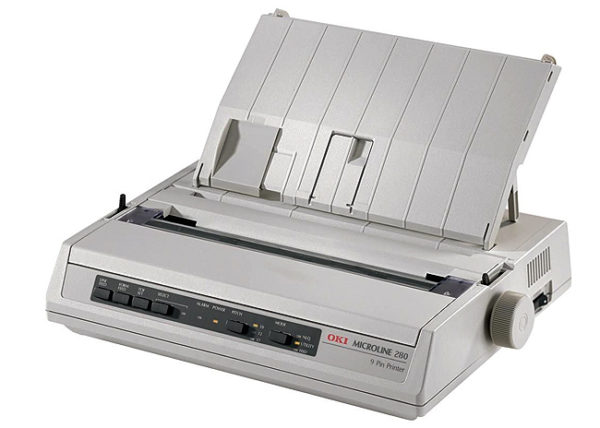
Inkjet printing technology
The principle of operation of this technology involves the instantaneous injection of ink through the holes. They are very small and are located in the carriage moving along the paper sheet. The image on the media, too, as in the previous case, is dotted, but is used here. liquid dye printing matrix (and some of these cartridges have an integrated print head).
The composition of these liquid dyes is a very important point - they should not be too liquid or thick. Otherwise, the image can dry out for a long time, and with a more viscous consistency the micron diameter of the nozzle will clog.
The user should ensure that nozzles are not clogged with dust, or the ink in them is not dried (therefore, should be printed regularly). When it comes to the cartridge system, black and color inks are usually used together. Recently, a special popularity has become a CISS - continuous ink supply system. This know-how reduces the cost of the technology itself and improves printing parameters.
Usually ink is enough for 500 printed sheets in A4 format. "Inkjet" are recognized domestic "pets" because of the compact size, affordable price and good print quality.
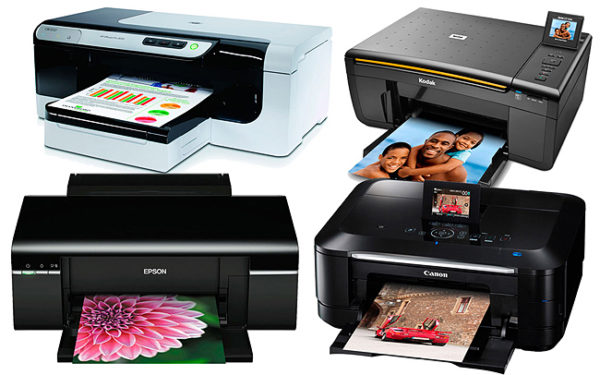
Delving into the topic, it can be noted that this type of printers is divided into the following types of ink application:
- piezoelectric;
- thermojet.
In the first case, small droplet size is distinguished - this has a positive effect on image quality. Such printers are manufactured by Epson and Brother. Have thermo jet There are thermistors on the nozzles - they will heat up when electric current passes through them (the temperature of which is 500 degrees). In this case, the service life of both the cartridge itself and the print head is limited. Among the manufacturers of such devices are Xerox, Canon, Epson and HP.
Laser capabilities
Another name for this technology is electrographic. The principle of its work is to photocopying images. The basis is a photodrum, which can discretely hold an electric charge. Getting on this drum, the laser beam from individual points removed the "charge". If such a beam is controlled, then it is possible to draw on the surface of the drum due to the fact that the drum surface is sprinkled with a special powder - toner. It sticks to areas that have a charge.Then the toner is transferred to the paper (which also has a charge) and now sticks to it under the influence of high temperatures.
The main advantage of laser technology is high print speed (up to 20 pages per minute).
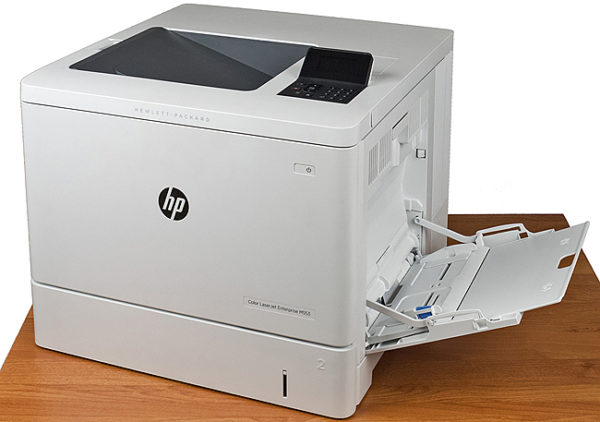
Among other characteristics:
- silent operation;
- low cost of consumables;
- no need for drying printed;
- reliable toner performance;
- moisture resistance of the printed text or image.
You can also use various carriersstarting from paper and ending with film. But in color terms (there are also such models), the color transfer of the laser variant turns out to be much worse than the jet one. Two more significant drawbacks - the high cost of such devices and significant costs for electricity.
LED technology
Under it means LED technology, very similar to the laser on the principle of operation. The difference is in the light source. Instead of a single laser beam, a whole line works here. led devices (the quantity depends on the resolution of the printer). Their range can range from 2500 to 10,000 pieces.
Experts call the lack of mechanics in device management a big advantage - reliable operation.expressed in the fact that at each point of the device is fixed a specific LED. That means they will no distorted edgesand the image will be high definition.
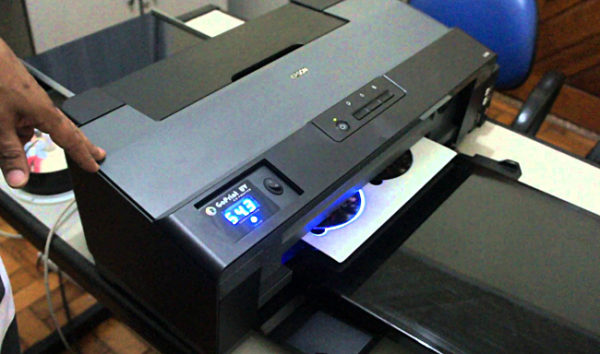
Photo Printers
A separate item I would like to highlight this type of technology, like photo printers. They are found in laser and jet interpretations - the latter are considered better for obtaining high-quality and rich photos.. Home models are usually easy to use and very compact - many of them are quite suitable even for small laboratories. Their technical capabilities are more than worthy:
- six-color print;
- the use of CISS for "jet";
- the stunning resolution of the finished image (parameters reach 9600 × 2400 pixels per inch);
- good cartridge life (up to 1000 A4-color color pages);
- printing takes place on special paper with a density of up to 180 g / inch.
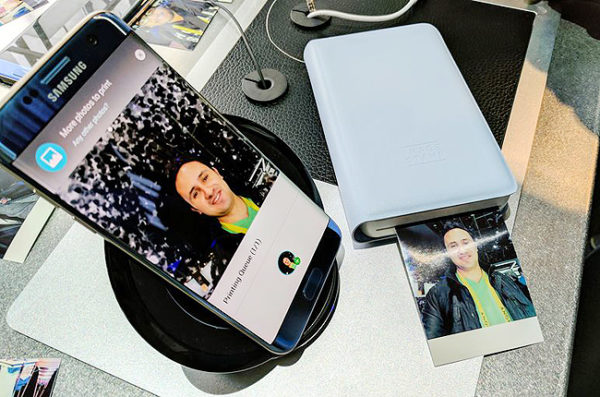
Not without interesting inventions. In the field of photo printers, the following models can be especially distinguished:
- iMo Foto Frame Printer - This is a printer built into the photo frame. It has a USB port and card reader. Prints, however, in a small resolution - only 800 * 600, and the pictures themselves do not exceed the dimensions of 10 * 15 cm.
- Adhere to entertainment concepts and famous brands - for example, Epson Colorio makes color postcards with a close-up of the customer’s face. The photo of the prototype necessary for this will be made by the camera located in the device.
Sublimation transfer
Another name for the printer is thermal sublimation. This device has unusual features: it can print to surfaces with sufficient density, making a solid dye for them. In the technique there are several cartridges: black, color and protective.
The printing process is as follows:
- the technology head will heat and soften the surface (most often, plastic);
- at that time, the paint (or rather its gaseous particles) is “injected” at an enormous speed, and the optimal length is chosen so that the image on the surface does not fade;
- if necessary, apply the next color;
- dye put consecutive lines, as in inkjet technology;
- The final point is the application of a protective layer.
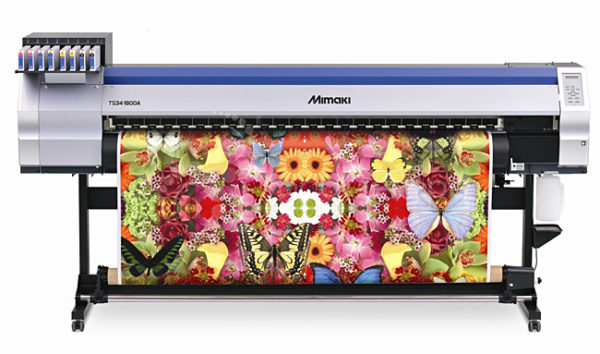
Unusual thermal printers
Thermal printing is understood as transferring images using thermally sensitive media.This usually occurs through heating elements and sources of infrared radiation. As the latter, conventional LEDs are used.
The areas of application of such a technique are amazing:
- Flower Printer is able to print on flower petals. Flowers need to be prepared for printing, for this purpose a special oil is provided.
- Led Candle is able to print on candles.
- The T-shirt apparatus has a specific purpose - printing. on t-shirts.
- Glass Printer transfers image on the glass.
- There is a printer for printing on mobile phone cases.
- There is a printer for tattoowhich projects an image directly onto the surface of a person’s skin.
- An interesting invention is a portable and lightweight portable printer that is used for mobile printing (most often, from phones). A good example is the PocketJet Ultra with good capacitive batteries capable of receiving information via Bluetooth. It takes 20 seconds to work with thermal printing of one sheet.
- Interesting is the Korean concept of Pencil Printer, which solves the problem of residual pencil stubs, because instead of cartridges in it Leads are used. This will make it easy to correct the error and erase it.For the same reason, unnecessary printed documentation can be reused.
- Printers for food. In this case, instead of ink, residual tea and coffee are used, and instead of paper, products are used. A separate topic among such devices are the printer-toaster. And other types of this technique are printed even on cappuccino foam.
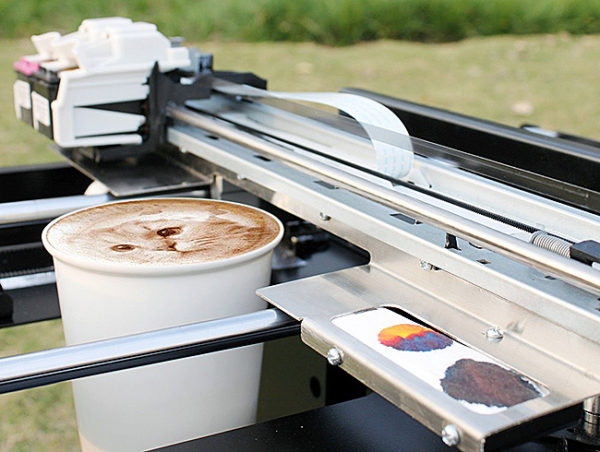
Cappuccino foam printing
- By the way, coffee ink inspired inventors to the emergence of an environmentally friendly RITI Coffee Printer. The device received such status for the reason that it is processed into the ink base coffee grounds. The technique is not mythical, but quite real - Coffee Printer was created by RITI.
- Based on its name, Mattel Nails Digital Printer creates nail artthat will be interesting to teenage girls.
- Even while on the road, many continue to work. on a laptop. If you have a specially mounted on the back of the printer display, you can immediately print the necessary documents. The equipment is powered by USB-port.
- One of the most useful inventions is the printer. for braille - Embossing Braille Printer allows you to print readable information by blind and visually impaired people. The embossed printing device has already found application in such vital objects as medication bottles.
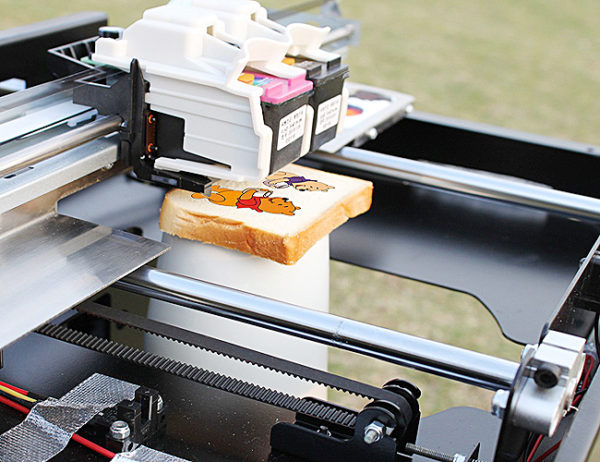
Food Printing Inks
Bulk printing technology
Today, no one will be surprised by a device that is capable of reproducing three-dimensional models for files specified by computers. It's about 3D printers. To date, they have found decent use in both domestic and industrial purposes: for example, the creation of medical prostheses or complex parts. ZD-printer can be both laser and inkjet, use polymer or powder materials as consumables, sinter the device or glue them step by step - the embodiment itself is not as important as the possibility of obtaining a three-dimensional layout at the output.
Some of these devices can work wonders. True, here we need a reservation that such equipment is presented in a single copy. For example, the Italian engineer Enrico Denis presents an innovative development that uses ink instead of ink. magnetic dust and sand. This data is converted by the device into 3D layers. Technique can find a worthy use in architecture.
And in the Belgian company Unfold presented a 3D printer that uses as raw material wet clay. The device is able to create any ceramic objects, which then will only be subjected to drying and firing. There are edible options for finished products. In such Food-devices fill products. 3D-printer will remain, using food glue, to create a given edible masterpiece.

Many functions in one device
The MFP, in fact, combines the capabilities of the printing and copying machines and scanner. Manufacturers produce these devices in two basic types - laser and jet. To know which one is right for you, you need to have information about the advantages and disadvantages of each of them.
These advantages distinguish Laser MFP:
- best print quality;
- large number of copies per minute;
- process automation;
- possibility of double-sided printing.
Most often, such a device is acquired by those who constantly work with a variety of documents. The main disadvantage is the limited resource of cartridges sold in the kit for 1000-2000 copies.
If you need duplex printing, you need to install an additional duplex: very rarely this function is installed by the manufacturer.
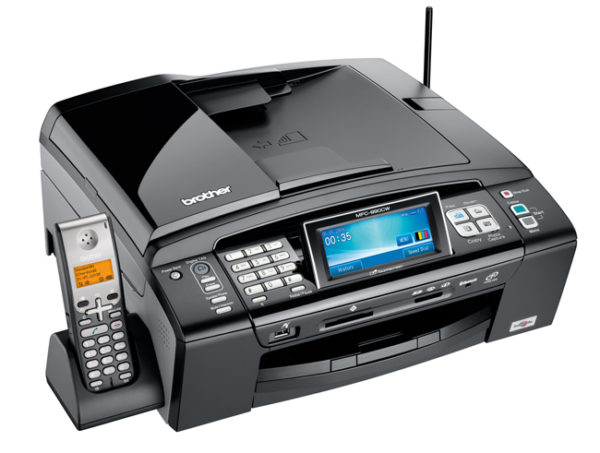
Now about the "jet" - the standard model will come with black, blue, yellow and crimson colors. In a more expensive machine, there will be more opportunities, and the print is clearer and more saturated. Such an MFP can print color photos and documents. Inkjet Multifunction turn out to be twice cheaper than laser, but in this case, original consumables are expensive. However, this significant disadvantage is solved by the installation of CISS.
So, manufacturers offer us to translate their computer fantasies into reality, and, sometimes, even in three-dimensional form. It remains only to choose what the consumer needs - a black and white or color image, a document or a photograph, a voluminous thing, or even something edible. And for some reason it seems that the most interesting in the field of production of printers is waiting for us ahead.

/rating_off.png)











